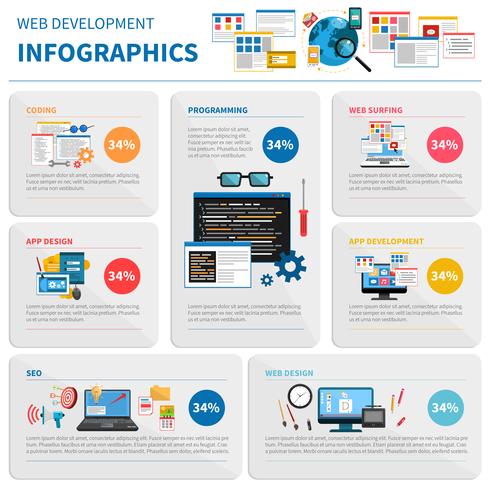Eager To Discover Just How Web Site Design Has Changed With Time? Dive Into The Advancement From Simpleness To User-Focused Experiences
Eager To Discover Just How Web Site Design Has Changed With Time? Dive Into The Advancement From Simpleness To User-Focused Experiences
Blog Article
Content By-Pappas Dalby
In the past, websites were basic and concentrated on info. Navigation was direct, and style was for desktop computers. Now, customer experience is essential. Data guides styles for easy navigating. Receptive layouts fit various devices. Today, dark mode lowers pressure, and minimalist food selections enhance navigation. Interactive features involve users, and vibrant visuals stand out. AI assimilation improves involvement. See just how style has advanced to improve your on the internet trip.
Very Early Days of Web Design
In the very early days of web design, simpleness reigned supreme. Sites were basic, with limited colors, typefaces, and designs. The emphasis was on offering information instead of fancy visuals. Individuals accessed the web via slow dial-up links, so rate and capability were vital.
Navigation menus were straightforward, usually located at the top or side of the page. Internet sites were created for desktop computers, as mobile surfing wasn't yet prevalent. Content was king, and designers prioritized easy readability over complicated style elements.
HTML was the key coding language made use of, and designers needed to function within its constraints. Animations and interactive features were marginal compared to today's criteria. Internet sites were fixed, with little vibrant content or individualized customer experiences.
Surge of User-Focused Style
With the evolution of site style, a change in the direction of user-focused design concepts has actually ended up being progressively prominent. Today, creating internet sites that focus on customer experience is important for engaging site visitors and accomplishing service objectives. User-focused design includes comprehending the requirements, choices, and behaviors of your target audience to tailor the web site's design, web content, and features accordingly.
Designers currently conduct complete research, such as user studies and functionality screening, to gather insights and feedback straight from users. This data-driven approach helps in creating user-friendly navigating, clear calls-to-action, and visually enticing interfaces that reverberate with visitors. By placing the individual at the facility of the style procedure, sites can provide a more customized and delightful experience.
Responsive style has likewise emerged as a key aspect of user-focused style, ensuring that internet sites are maximized for numerous gadgets and display sizes. This flexibility improves availability and use, accommodating the varied ways customers engage with sites today. In essence, the rise of user-focused layout represents a shift in the direction of producing electronic experiences that prioritize the requirements and expectations of the end individual.
Modern Trends in Website Design
Explore the current trends forming website design today. One noticeable fad is dark setting layout, using a sleek and contemporary appearance while lowering eye stress in low-light atmospheres. Another essential trend is minimal navigating, simplifying food selections and improving user experience by concentrating on essential elements. Including micro-interactions, such as animated switches or scrolling results, can develop a more interesting and interactive web site. Receptive design continues to be important, ensuring smooth user experiences throughout various tools. Furthermore, making use of strong typography and unbalanced layouts can include visual passion and accentuate details material.
Integrating AI modern technology, like chatbots for client support or customized recommendations, improves user involvement and simplifies processes. Access has likewise become a considerable trend, with designers focusing on comprehensive layout methods to accommodate diverse individual demands. Embracing sustainability by enhancing website efficiency for rate and performance is one more arising trend in website design. Teaming up with learn the facts here now and information analytics to iterate and boost design continuously is necessary for staying relevant in the ever-evolving digital landscape. By accepting these modern-day patterns, you can produce an aesthetically enticing, easy to use internet site that reverberates with your target market.
Final thought
As you reflect on the development of site design from the early days to currently, you can see just how user-focused style has actually come to be the driving force behind modern trends.
Welcome the trip of modification and adjustment in website design, always maintaining the customer experience at the leading edge.
Tippingpointdigital
Remain current with the latest trends and innovations, and never stop developing your method to create visually sensational and straightforward web sites.
Evolve, adapt, and produce - the future of web design is in your hands.
